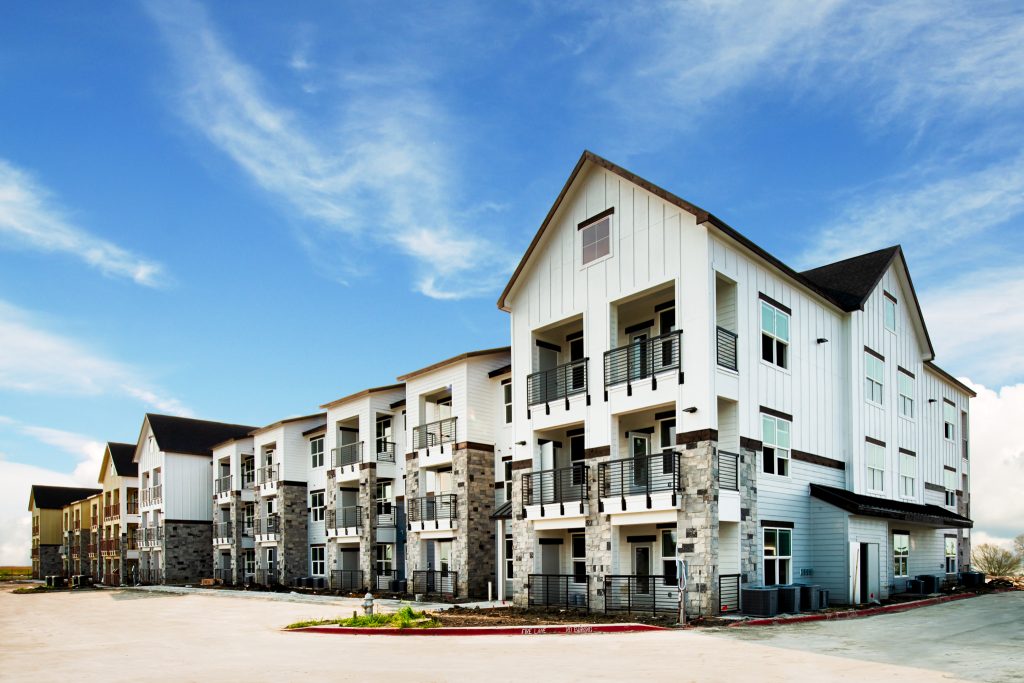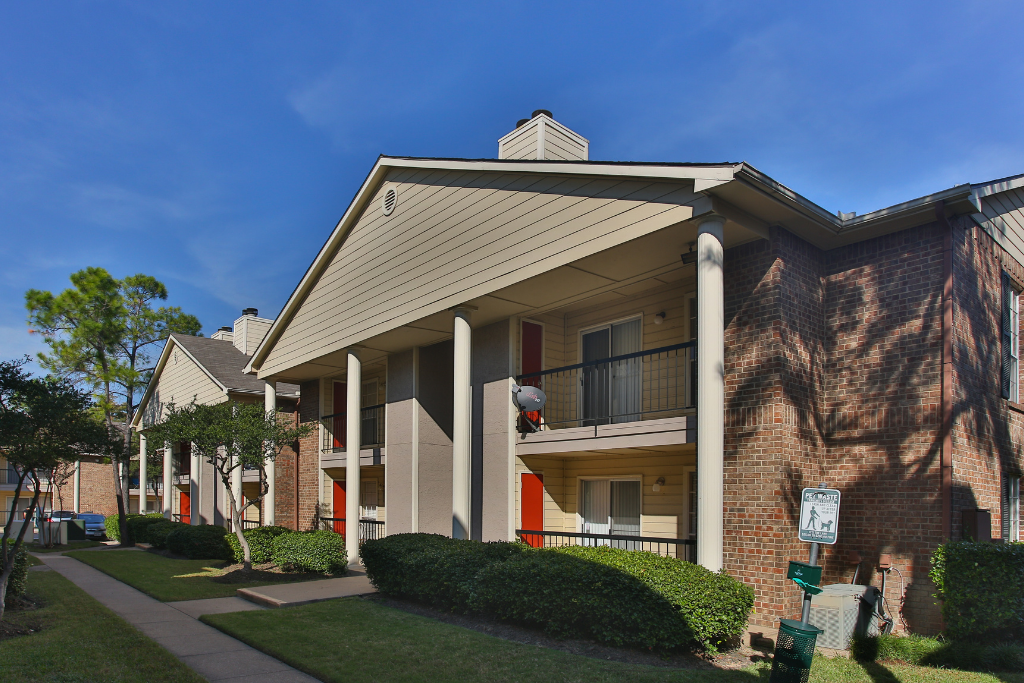The commercial real estate industry uses a lot of lingo. For instance, one of the most popular ways to distinguish properties is by their “class” rating. Assets are typically classified as either Class A, Class B, or Class C properties. This is true across all product types, regardless of whether it’s in reference to office, multifamily, retail, or industrial real estate.
In this article, we look at the distinguishing characteristics of Class A vs. Class B vs. Class C properties. Any prospective investor will want to learn this classification system so that they understand what type of product they’re investing in when they do.
Features of Class A Properties
Although there is no universally-accepted definition of a Class A (or Class B or Class C) properties, most in the industry consider Class A buildings to be newer with higher-quality finishes, amenities and accessibility. Class A properties tend to be located in the urban core, and oftentimes have their own brand or lifestyle associated with them.
Class A properties tend to be extremely desirable, investment-grade properties with the highest quality construction and workmanship, materials, systems and amenities. They will usually have best-in-class property management, as well.
Class A properties are also distinguishable for the tenants they attract. Most Class A properties will be occupied by prestigious, highly credit-worthy tenants that are willing to pay above-average rental rates. Class A properties are frequently bought and sold by national and international investors, including institutional investors who are willing to pay a premium for quality assets.
The desirability of Class A buildings means that they provide more liquidity than Class B or Class C properties. In other words, there is enough consistent interest in Class A properties that an investor can expect to have an easier time selling the property than if they were trying to sell a Class B or Class C property in the same market.
For these reasons, Class A properties are considered one of the “safest” additions to an investor’s portfolio (but conversely, offer some of the lowest returns in exchange for this lower risk profile). They’re also among the most expensive to purchase.

Features of Class B Properties
A Class B real estate tends to offer more utilitarian space with fewer amenities than one would find in a Class A building. It will typically have ordinary design and structural features, with average interior finishes, systems, and floor plans. The systems will be in adequate condition and the property will be structurally sound, but not overwhelmingly impressive.
The maintenance, management, and tenants in a Class B property are considered good (but not necessarily great). Tenants may be less established, have lower credit, or may be unable to sign longer-term leases. Therefore, while Class B buildings tend to attract broad interest among a wide range of users, the rents these tenants are willing to pay tends to be less than what Class A properties can command.
Class B properties are often considered more of a speculative investment than their Class A counterparts. Class B properties will occasionally attract attention among national investors, but most investors tend to be local to the marketplace.
While Class B properties tend to be considered a “riskier” investment than Class A properties, there are still several benefits to adding a Class B building to your portfolio. Namely, well-located Class B properties can generally be purchased at a lower price (and therefore, have a lower barrier to entry), and can be renovated to Class A condition over time. As building improvements are made and leases turn over, the new owner can increase rents and improve the tenant mix. With thoughtful value-add strategies, an investor can realize greater returns through Class B properties than they might be able to achieve by investing in Class A buildings in the same market.

Features of Class C Properties
Class C buildings can be highly lucrative for those with a solid investment strategy, but these properties are certainly not without their risk. In fact, Class C properties are considered the riskiest of the three property classes featured here today.
One of the reasons for the additional risk is that these buildings are generally older (20+ years) and in need of substantial renovation. Many will show visible signs of deterioration, such as overgrown landscaping or crumbling building facades. These properties, because they are older, will usually include few, if any, on-site amenities.
Compounding the risk is the fact that Class C buildings tend to be located in less desirable locations. They may be farther from major employment centers and/or in areas with high crime and few neighborhood amenities. Often, those who occupy Class C buildings do so only because they are more affordable than the alternatives.
Class C properties, however, offer the potential for the highest cash flow out of these three property classes. This cash flow is hard-earned, though, given how management-intensive these buildings can be.
Primary Indicators of Property Class
There are several factors that affect a property’s classification, including location, the age of a building, property condition, amenities and occupancy. These factors should be considered generalizations, as there are almost always exceptions to each of the “rules” below.
- Location: A property’s location is one of the biggest driving factors of its classification. As noted above, Class A properties tend to be the most well-located. These properties will have easy access to major employers, hospitals, universities, and arts and cultural amenities including retail and restaurants.
Class B and Class C properties are generally in less desirable neighborhoods. Again, this is not always the case. A Class B or Class C property – whose classification is instead driven by its age, condition or lack of amenities – may have an excellent location but the building itself otherwise leaves much to be desired.
- Age of Building: Class A buildings tend to be newer (often, new construction), whereas Class B and Class C properties are usually older. Class C properties will usually be 20-30+ years old.
However, another exception to this “rule.” An older building, such as a historic property, can still earn Class A status if it meets the other criteria listed here. Older buildings are often gut renovated to include high-end finishes and other amenities akin to their newly-constructed peers.
- Property Condition: A property’s condition is one of the leading factors of its class. A property that has been fully renovated and upgraded with high-end finishes is more likely to achieve Class A status than a property that is old, weathered and in need of both cosmetic and structural repairs. As a result of property condition, Class A and B properties tend to need less maintenance than Class C buildings.
- Amenities: Class A properties will usually offer robust amenities. For example, at a multifamily property, this could mean an on-site fitness center, media room, concierge, underground or otherwise covered parking, outdoor pool, doggy daycare and more. The larger the apartment community, the more robust the amenities will tend to be. Class B and Class C properties usually have fewer, if any, amenities to offer residents.
- Occupancy: Occupancy is a key factor in property class. Class A properties tend to have high occupancy rates, whereas Class C properties will usually have disproportionately high vacancy rates (with Class B properties falling somewhere in between). The tenants who occupy Class A buildings will generally be more established, higher earning, and will boast stronger credit profiles than those who lease Class B or C properties.
People often ask whether it is “best” to invest in Class A, B or C properties. There is no right or wrong answer. Any of them can be an excellent investment opportunity depending on the terms of the deal and the investment strategy. Any investor will want to consider their own risk tolerance, need for liquidity, and portfolio diversity when considering deals among different property classes.


